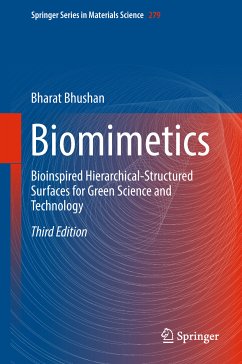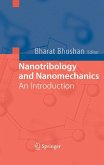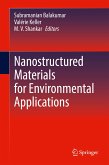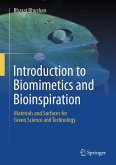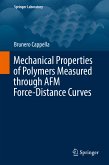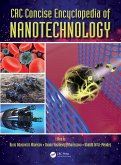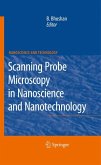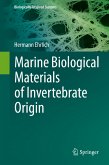This book presents an overview of the general field of biomimetics and biologically inspired, hierarchically structured surfaces. It deals with various examples of biomimetics, which include surfaces with roughness-induced super-phobicity/philicity, self-cleaning, antifouling, low drag, low/high/reversible adhesion, drag reduction in fluid flow, reversible adhesion, surfaces with high hardness and mechanical toughness, vivid colors produced structurally without color pigments, self-healing, water harvesting and purification, and insect locomotion and stinging. The focus in the book is on the Lotus Effect, Salvinia Effect, Rose Petal Effect, Superoleophobic/philic Surfaces, Shark Skin and Skimmer Bird Effect, Rice Leaf and Butterfly Wing Effect, Gecko Adhesion, Insects Locomotion and Stinging, Self-healing Materials, Nacre, Structural Coloration, and Nanofabrication. This is the first book of this kind on bioinspired surfaces, and the third edition represents a significant expansion from the previous two editions.
Dieser Download kann aus rechtlichen Gründen nur mit Rechnungsadresse in A, B, BG, CY, CZ, D, DK, EW, E, FIN, F, GR, HR, H, IRL, I, LT, L, LR, M, NL, PL, P, R, S, SLO, SK ausgeliefert werden.

